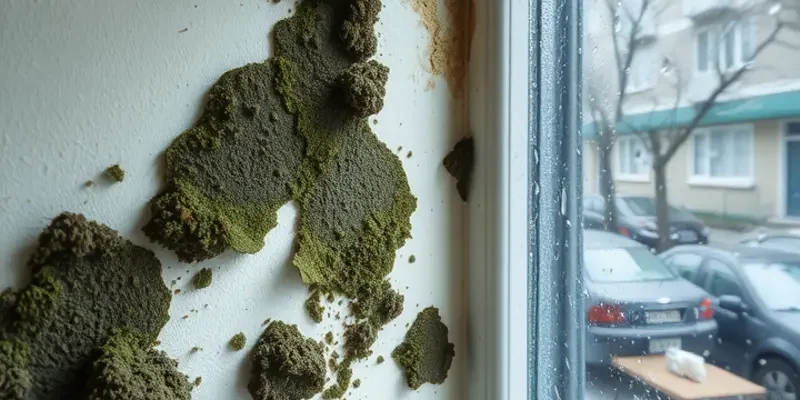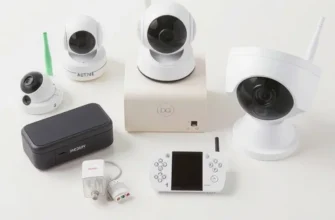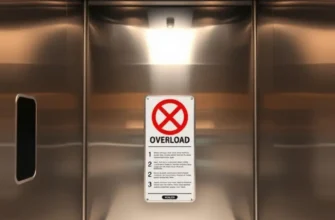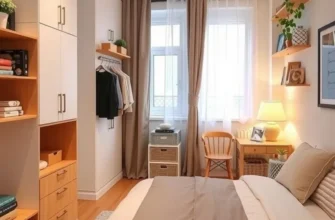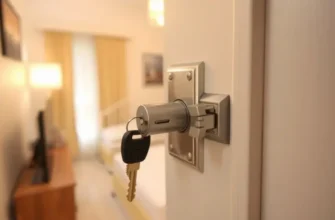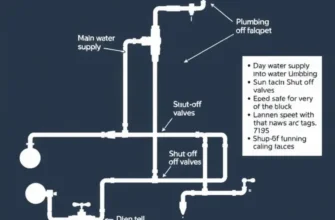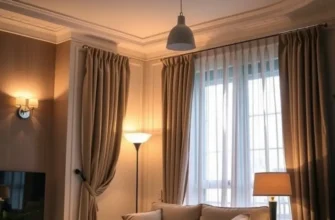Mold growth in apartments can create significant discomfort and health issues for renters. While it’s a common challenge, understanding how to address it proactively can mitigate many risks. Mold thrives in damp and poorly ventilated areas, making it crucial for renters to identify problem spots and take action swiftly. Cleaning and preventing mold doesn’t have to be overwhelming; with the right strategy, you can maintain a clean, healthy environment in your apartment. From immediate responses to ongoing prevention techniques, this guide offers practical insights tailored for renters across the U.S. Emphasizing safety and ease of maintenance, the following tips will ensure you can tackle mold issues effectively.
Identifying Mold: Signs and Sources

Detecting mold in your apartment early can prevent health issues and damage to your living space. A visit from someone sensitive to mold can sometimes reveal its presence before you do, but understanding the signs and typical sources yourself is invaluable.
Visible Indicators of Mold
The first sign of mold is often its appearance. Mold tends to show up as dark spots or patches on walls, ceilings, or floors. These spots can range from black and green to white or even orange, depending on the mold type and the surface it inhabits. Pay close attention to corners, basements, and areas around windows where condensation frequently occurs. If the paint or wallpaper is peeling, warping, or bubbling, it’s wise to check beneath the surface. Mold growth might be hiding in less visible areas out of sight.
Musty Odor
Another tell-tale sign of mold is a persistent musty odor. Even before mold becomes visible, this distinctive smell can clue you in to its presence. Do not dismiss such odors, even if you can’t see mold right away. Check less obvious spaces like behind furniture or under carpets where moisture could be trapped.
Health Symptoms
Mold can affect your health, potentially causing symptoms like sneezing, coughing, skin irritation, and even headaches. If you notice these symptoms improving when you leave your apartment for a few days, mold could be the culprit. For those with asthma or allergies, mold exposure can be particularly detrimental, sometimes exacerbating these conditions or creating new sensitivities.
Common Sources and Conditions for Mold Growth
Mold thrives in environments that are high in humidity and moisture. Leaks from plumbing, roofs, or windows are primary culprits. It’s crucial to address any form of water intrusion promptly. Another source is condensation on surfaces such as pipes, walls, and window sills; ensure these areas are well ventilated and adequately insulated. Bathrooms and kitchens are also common hotspots due to the frequent use of water, necessitating regular maintenance and cleaning.
Preventive Measures
To prevent mold, ensure your apartment has good air circulation. Use fans and open windows when weather permits, especially in consistently damp areas like bathrooms. Dehumidifiers can help maintain a lower humidity level in the apartment, discouraging mold from taking root. Regularly cleaning and drying household items such as shower curtains, carpets, and upholstered furniture can also reduce mold spores and prevent growth.
If mold persists despite these efforts, it may be time to seek assistance. Your landlord should be notified of any significant mold issues, as per your lease agreement responsibilities. Identifying and rectifying mold sources is imperative to maintaining a secure and healthy living space. For further strategies on maintaining apartment safety, check out apartment wellness checklists.
Hassle-Free Mold Cleanup Solutions
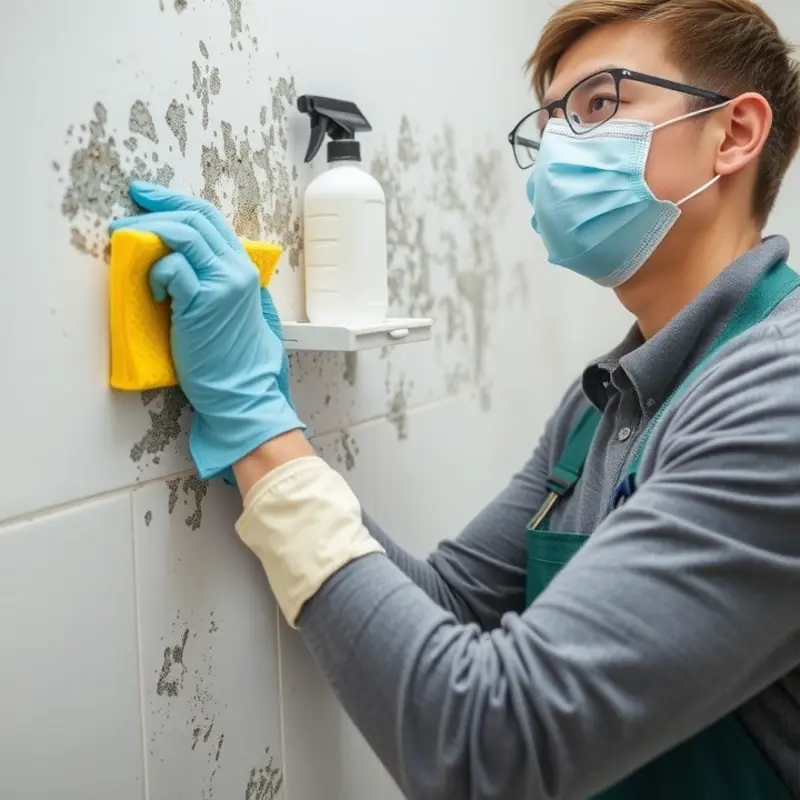
Facing mold in your apartment can be daunting, but with a well-structured plan, you can tackle it effectively. First, identify the extent of the mold problem. Focus on areas that are prone to moisture, such as bathrooms, kitchens, and near windows. Carefully inspect these areas to determine the severity and type of mold you are dealing with.
Once the affected areas are identified, ensure proper airflow by opening windows or using fans. This helps reduce moisture levels and prevents the mold from spreading further. If you have a dehumidifier, now is a great time to use it to maintain optimal humidity levels around 30-50%.
Before diving into the cleanup process, protect yourself. Wear gloves, goggles, and a mask to prevent inhaling mold spores. It’s essential to ensure that safety is not compromised, especially when dealing with mold, which can have health implications.
Next, prepare a cleaning solution. A mixture of water and a mild detergent is often effective for small areas. You can also use vinegar, which is a natural mold cleaner and disinfectant. Pour the cleaning solution into a spray bottle for easy application. Avoid using bleach on porous surfaces, as it may not fully remove mold spores and can damage the material.
Spray the cleaning solution onto the moldy area and let it sit for a few minutes. This allows it to penetrate and loosen the mold. Use a scrub brush to gently scrub the surface, working your way from the top to the bottom to prevent streaking. Be thorough but avoid aggressive scrubbing, which might damage the surface.
After scrubbing, it is crucial to dry the area completely. Use clean towels to absorb excess moisture, and keep the area ventilated until it is thoroughly dry. Eliminating moisture is key in preventing mold from returning.
Dispose of cleaning materials responsibly. Any contaminated cloths or brushes should be sealed in a plastic bag and disposed of to avoid spreading spores to other areas of your apartment.
Undertaking a mold cleanup is an excellent opportunity to inspect your apartment for potential issues that could lead to mold regrowth. Check for leaks or condensation issues, particularly around plumbing fixtures. In such instances, it would be wise to inform your landlord for necessary repairs to prevent recurrent problems.
Incorporating consistent cleaning and maintenance habits can further enhance your mold prevention efforts. Consider setting up a regular cleaning schedule to ensure that moisture-prone areas are monitored. For additional DIY cleaning solutions, you might find inspiration from apartment-friendly DIY cleaning products.
By establishing a clear mold cleanup strategy and maintaining vigilant habits, you can ensure a healthier, mold-free living environment in your apartment.
Final words
Maintaining a mold-free apartment is not only crucial for well-being but also for ensuring the longevity of your living space. Applying the tips mentioned above, you can tackle mold effectively and keep your environment healthy. Always prioritize safety and act quickly when you spot mold. With the right measures in place, renters can enjoy peace of mind, knowing their home is a safe haven. Remember, if the problem persists or worsens, don’t hesitate to seek professional help to address the situation adequately. Your health and comfort in your living space are paramount.

